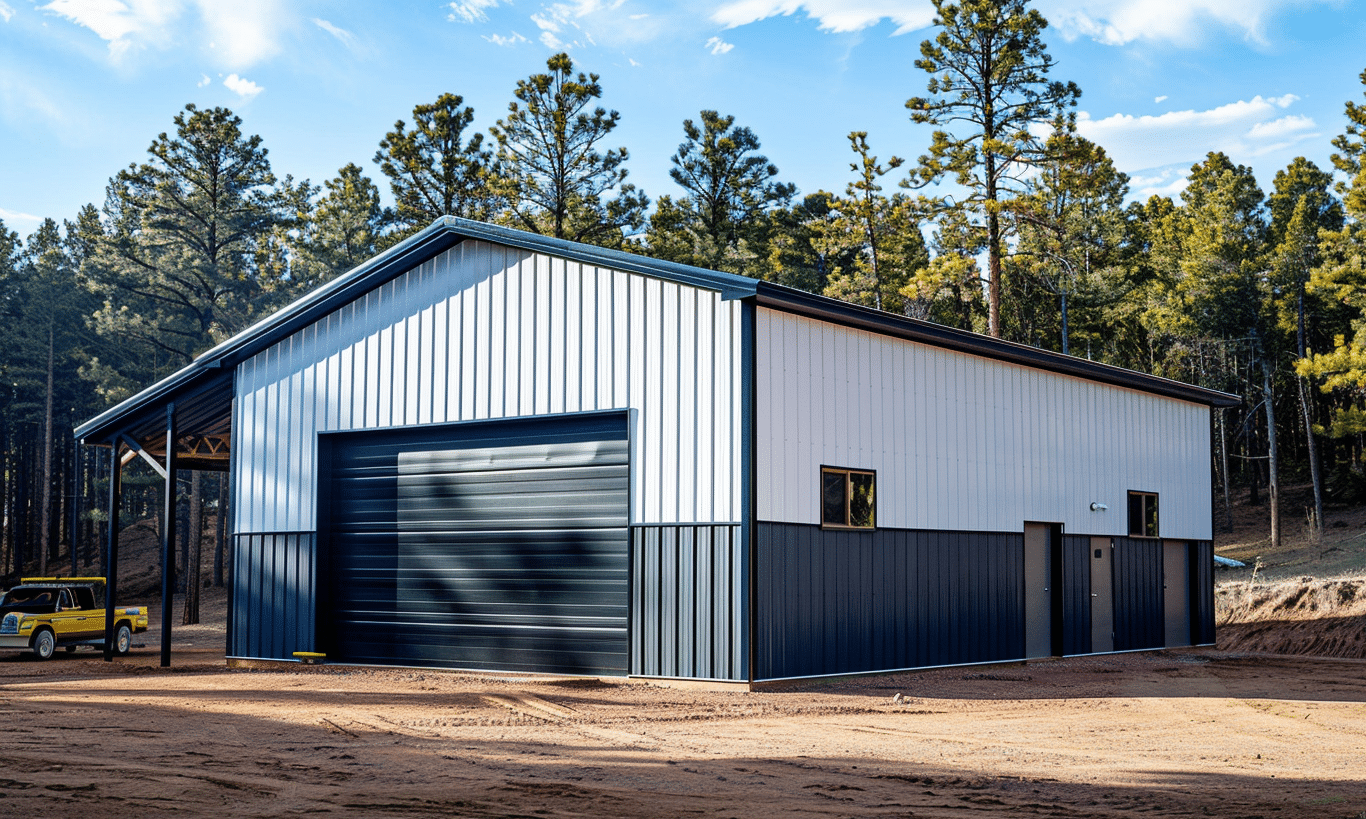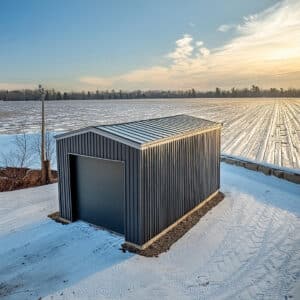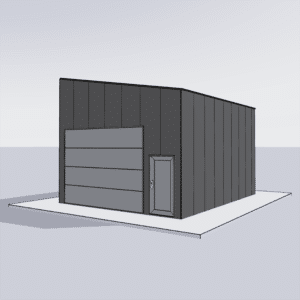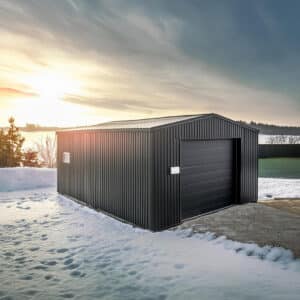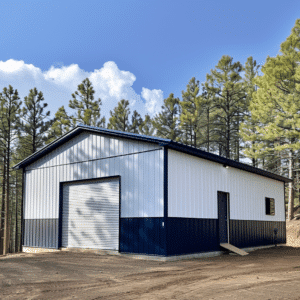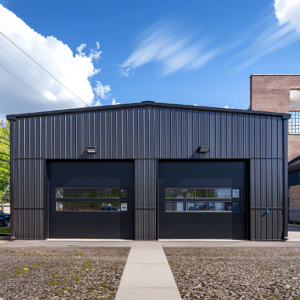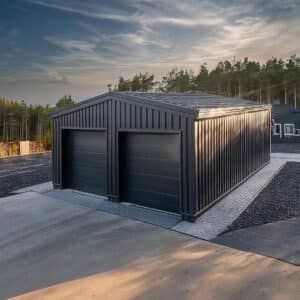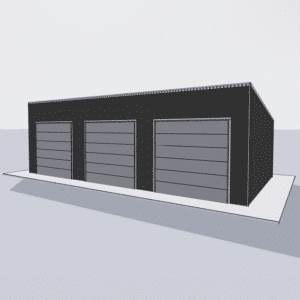Creating a foundation for a steel building is akin to laying the groundwork for success; it is crucial yet often underappreciated. In the construction world, the foundation is not just the base of a structure but its core strength, a silent guardian that ensures stability and longevity. This guide will dive into the essential materials required for a robust steel building foundation, offering insights to ensure your structure stands the test of time.
With steel buildings gaining popularity for their durability and versatility, understanding the essential materials for steel construction becomes vital. As a cornerstone of structural integrity, selecting the right foundation is not just an option but a necessity.
The Significance of a Strong Steel Building Foundation
Why is the foundation so critical? Like the roots of a tree, it anchors the building against all elements. Imagine trying to balance a table on a single leg; without a solid foundation, instability is inevitable. The foundation supports the weight of the structure and distributes it evenly across the ground, preventing any uneven settling that could lead to structural issues. But what goes into making a strong foundation for a steel building? Let’s explore.
Understanding the Elements of a Strong Foundation
Before diving into the must-have materials, it’s crucial to understand what makes a foundation effective. Factors such as soil type, building size, and local climate must be considered. The foundation must be designed to resist frost heave, moisture intrusion, and accommodate the specific load of your structural steel building.
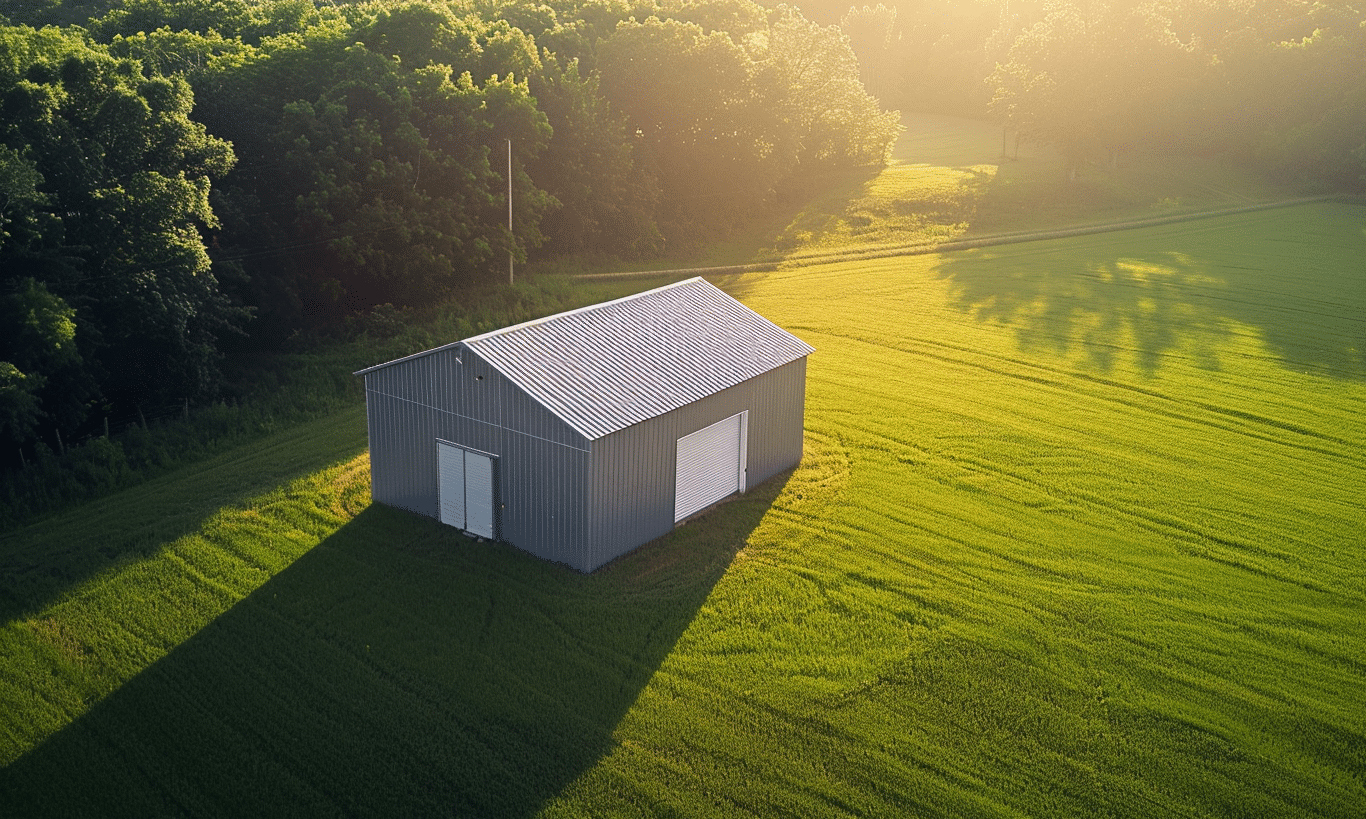
Must-Have Materials for a Steel Building Foundation
Now that we’ve set the stage, let’s delve into the fundamental materials required for a steel building foundation. These materials are not only necessary but pivotal in ensuring the longevity and resilience of your steel structure.
1. Concrete: The Backbone of Foundation
Concrete is the most commonly used material for foundations, and for good reason. Its incredible strength and durability make it ideal for supporting the weight of a steel building. In addition, concrete can be poured into different shapes, allowing flexibility in foundation design. Properly mixed and cured concrete provides a sturdy base that can withstand significant tensile and compressive stresses.
When planning your foundation, consider using reinforced concrete with steel bars for added strength. This reinforcement helps the foundation resist cracking and extends its service life.
2. Foundation Anchors and Bolts
Anchors and bolts serve as the linchpins between your steel structure and its foundation. These essential components ensure that the steel framing is securely attached to the foundation, preventing any unnecessary movement. Given the lateral forces and wind loads a building may encounter, having robust anchors is non-negotiable.
High-strength bolts and weather-resistant anchors are recommended to maintain the integrity of the attachment over decades, even in the harshest conditions.
3. Steel Reinforcement
Incorporating steel reinforcement, such as rebar or mesh, into your foundation boosts its tensile strength. Like the skeleton of a building, steel reinforcement ensures that the foundation can bear heavy loads without cracking under pressure. This is especially important in seismic areas, where the ground movement can put additional stress on structures. Reinforcing a foundation with steel bars is standard practice for all types of steel building projects.
4. Gravel and Sand Base Layers
While concrete may do the heavy lifting, gravel and sand serve as the unsung heroes. These layers act as a buffer, aiding in drainage and keeping moisture away from the foundation. Properly graded gravel or sand helps in achieving a level surface upon which to pour the concrete, ensuring even support and avoiding issues related to moisture accumulation.
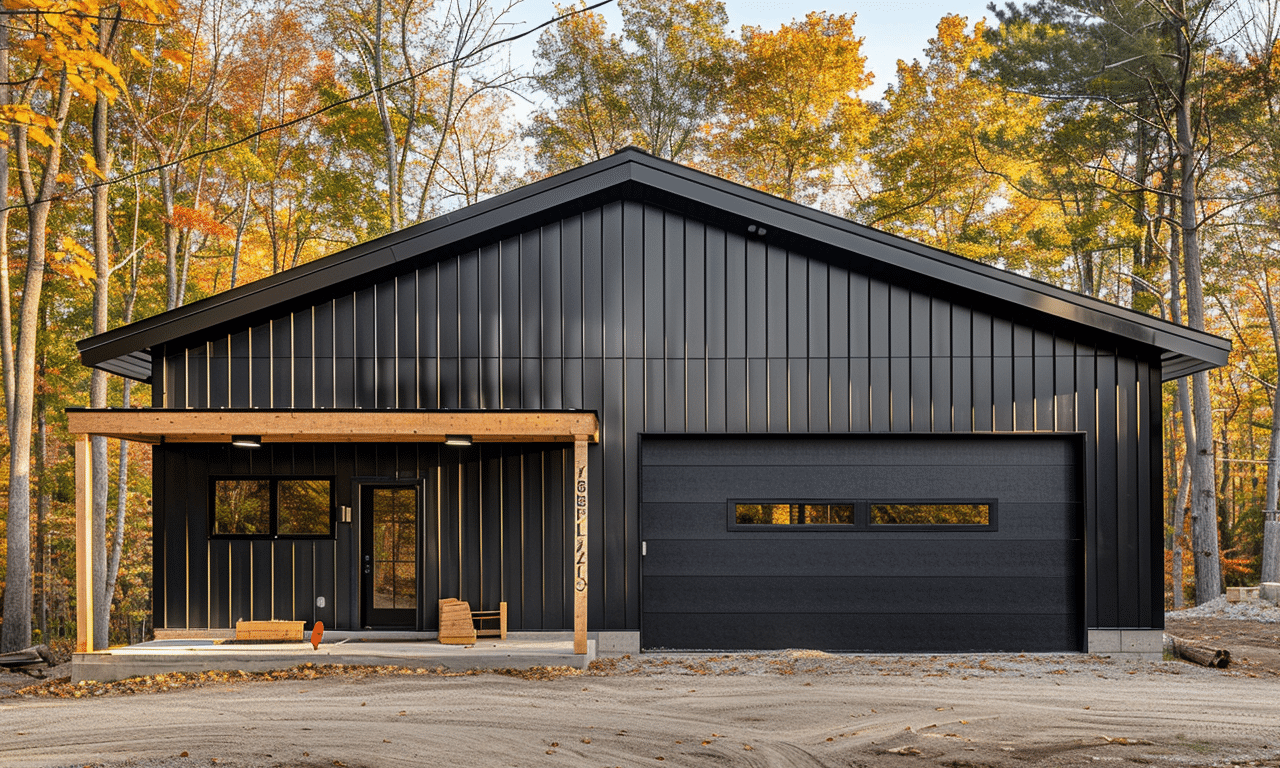
Key Considerations for Foundation Installation
The construction of a sound foundation goes beyond choosing the right materials. It involves meticulous planning and execution. Consider working with professionals who offer comprehensive building foundation services to ensure that every aspect of the foundation meets the engineering standards required for steel structures.
Importance of Soil Testing
Soil testing is critical in foundation planning. Understanding the soil characteristics at your building site informs decisions on the type and depth of the foundation. Different soils have different load-bearing capabilities, and issues like soil erosion, expansion, or retraction can affect foundation stability.
Adapting to Climate Conditions
The local climate should significantly influence foundation choices. In areas prone to heavy rain or frost, protective measures like moisture barriers or deeper footings are necessary. Utilizing the right protective steel coatings and admixtures in concrete can prevent moisture penetration and protect the integrity of the foundation.
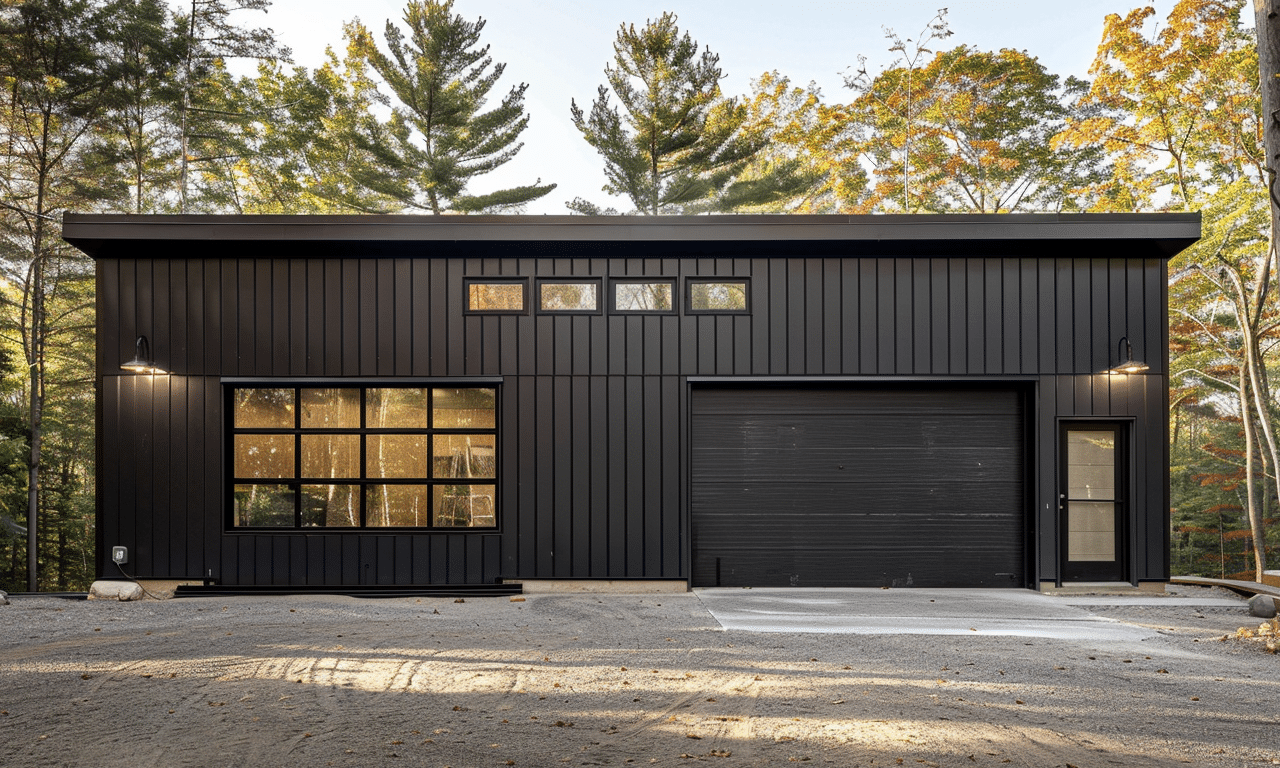
Conclusion: Building for the Future
Investing in a sturdy foundation is investing in the future of your steel structure. Every component, from concrete to reinforcement, plays an essential role in securing the stability and safety of your building. By understanding and implementing these foundation essentials, you ensure that your steel structure is not only built to last but stands resilient against time and the elements.
The foundation of a steel building is not merely the ground you walk on—it’s the security that allows the structure to reach new heights. With careful planning and the right materials, the possibilities for your steel building project are endless, providing a safe and reliable shelter for years to come.


